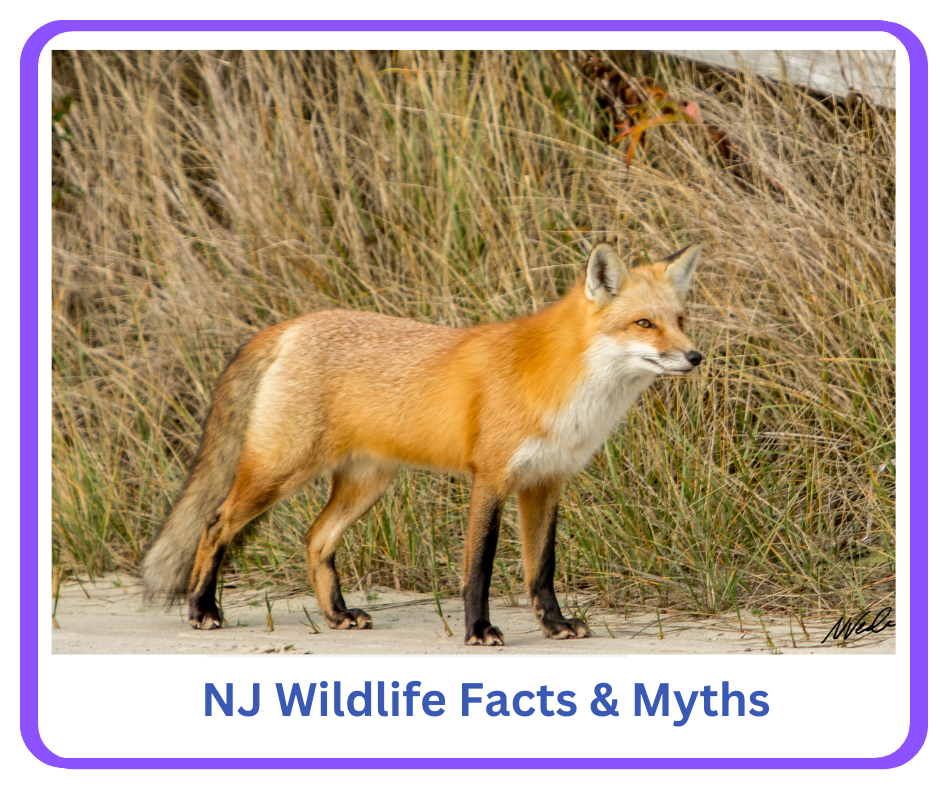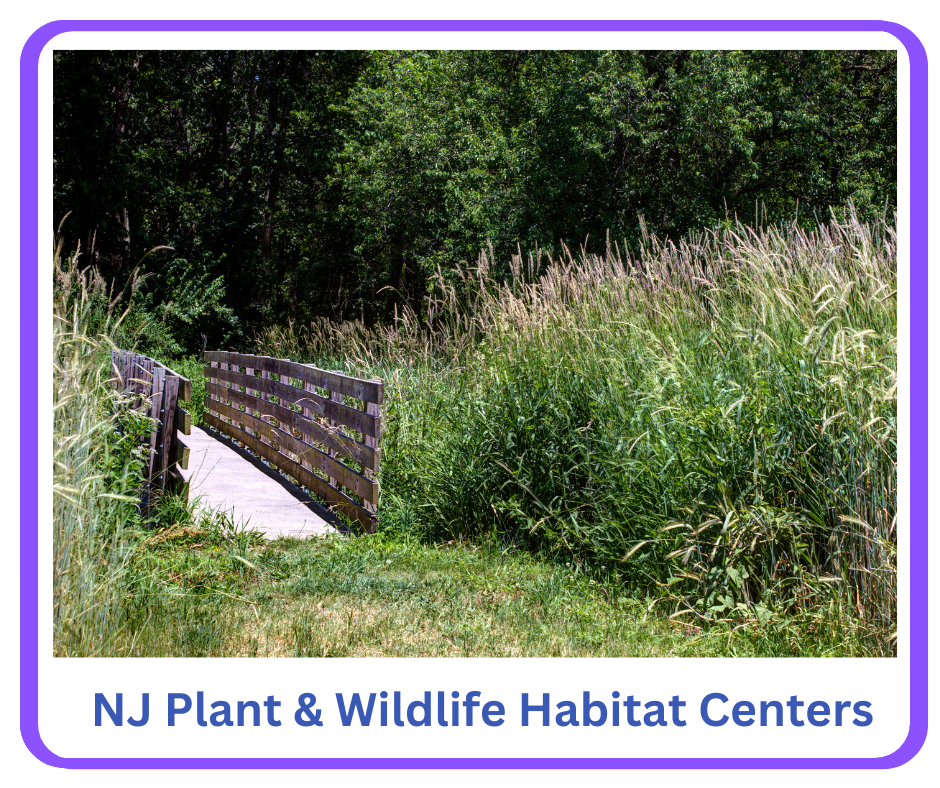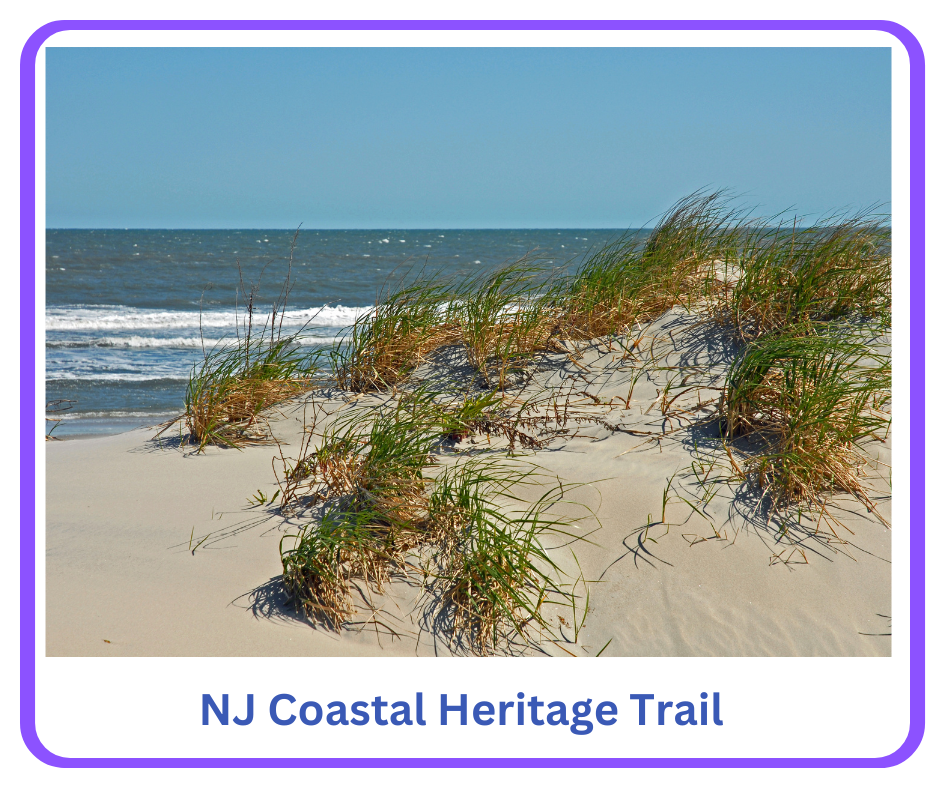Experience Tranquility and Beauty: Premier Bird Watching, Refuges, and Observatory's in NJ!
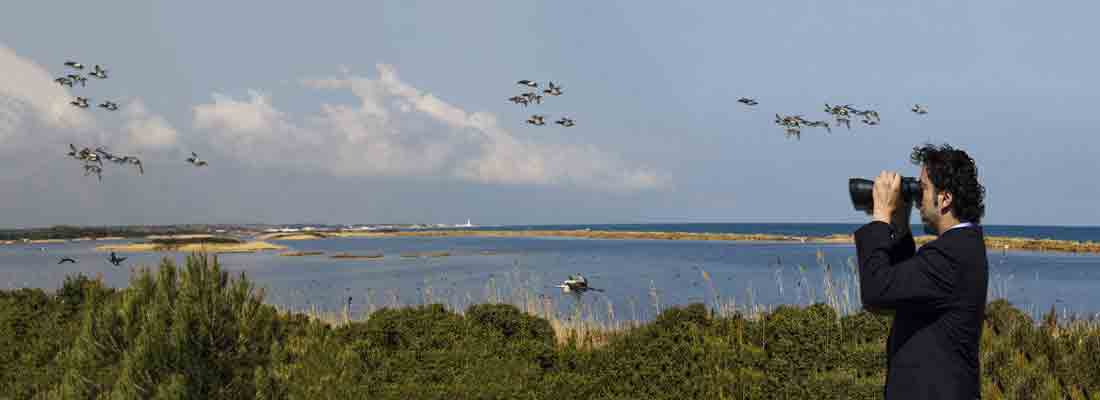
Listed here are the top bird watching activity centers and wildlife refuges in New Jersey that offer endless opportunities for bird watchers looking for a day trip or activity to complement your vacation.
New Jersey with over 465 species of birds and a major seasonal migration path for birds and waterfowl offers many exciting and educational opportunities for bird watchers of all skill levels and ages.
Northern Jersey Bird Watching Refuges and Activity Centers
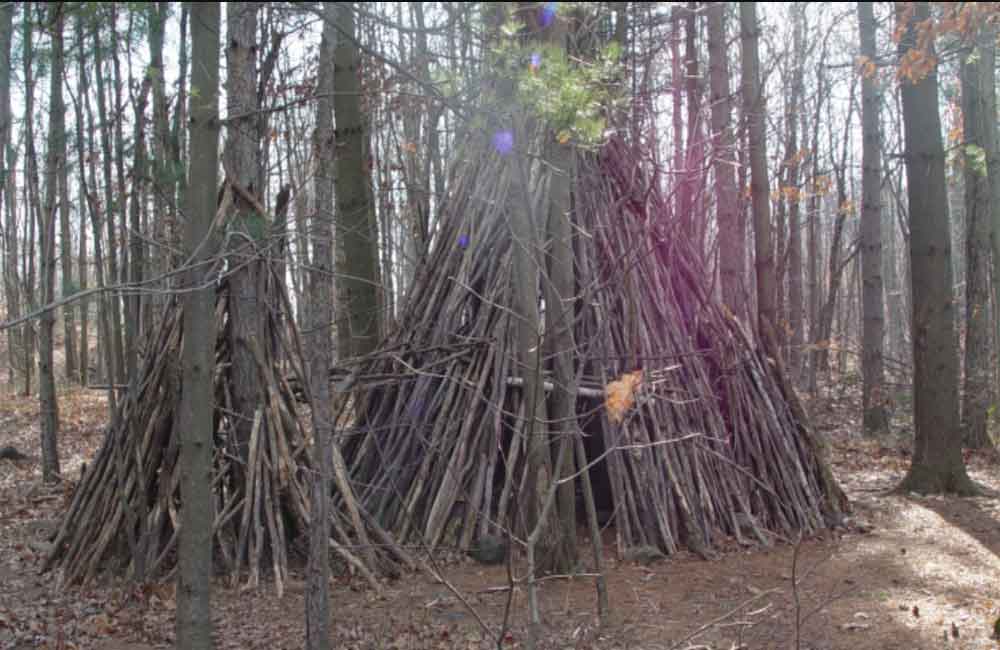
Essex County Mills Reservation
Normal Avenue and Reservoir Drive
Cedar Grove, NJ
The reservation is a 157 acre park with several walking/jogging trails, including four major trails and numerous smaller trails. One of the four main trails leads to a cliff that overlooks the New York skyline. The area has attracted bird watchers who observe migratory birds, such as warblers in the spring and hawks in the fall. There are no buildings in Mills Reservation.
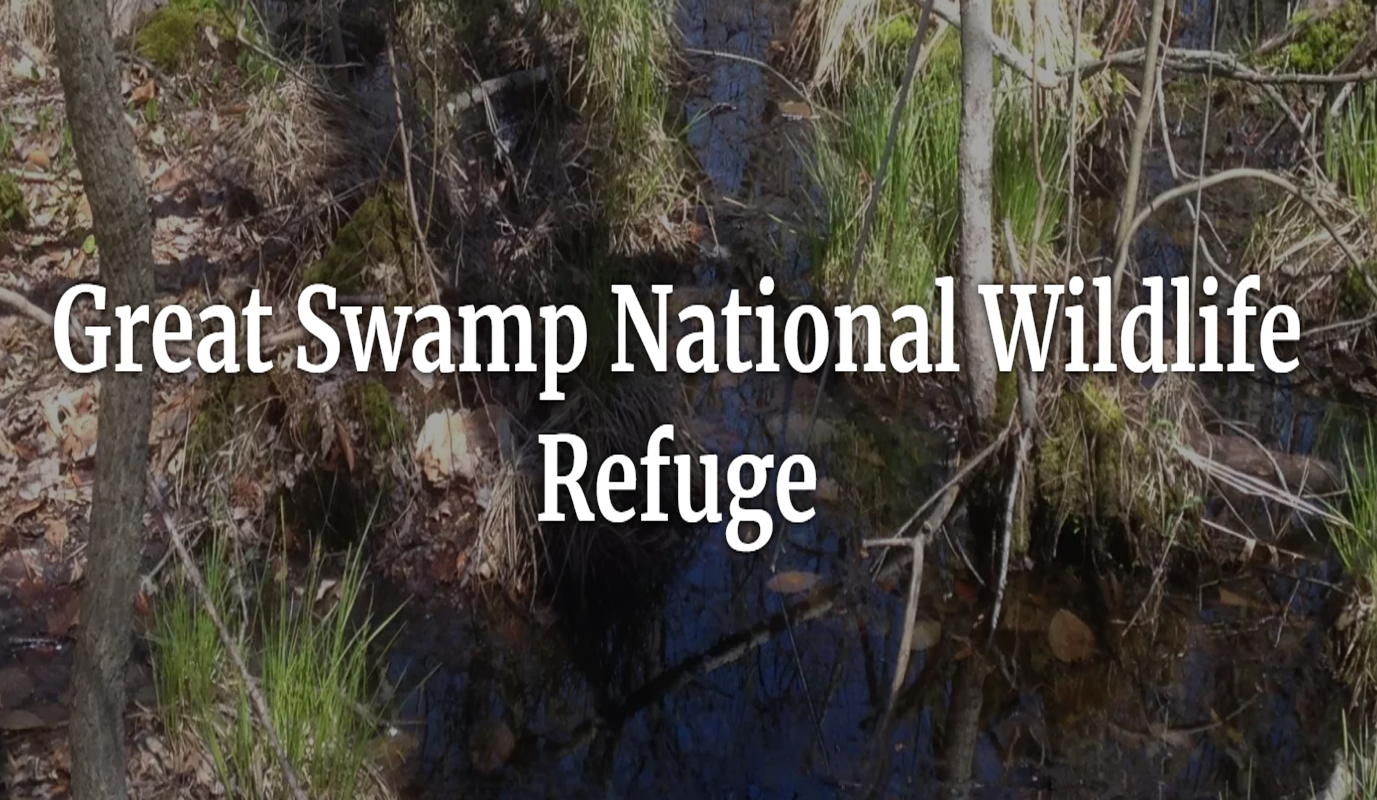
Great Swamp National Wildlife Refuge
32 Pleasant Plains Rd
Harding Township, NJ
Great Swamp National Wildlife Refuge is made up of over 7,500 acres of different habitats, resting grounds, and feeding areas for approximately 245 species of birds. You can drive or walk along our 2-mile auto tour route on Pleasant Plains Road, which offers open vista opportunities to observe a variety of species, including northern harrier, woodcock, red-tailed hawk and bluebirds. Also along the drive, you can stop at the "Overlook," which looks out where you can observe waterfowl flying in the distance and if you are lucky, the occasional bald eagle.
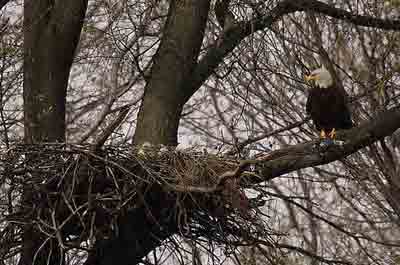
Wallkill River National Wildlife Refuge
1547 County Route 565
Sussex, NJ
Situated in the midst of the Appalachian Valley and the Highland Ridge System, the Wallkill River valley is a channel for bird and waterfowl journeying between eastern Canada and the Atlantic coast, and the Delaware and Hudson rivers. The Wallkill River refuge is one of the few waterfowl habitat of considerable importance that remain northwestern NJ. More than 225 species of birds and waterfowl can be found on the Wallkill River Refuge.
The Great Blue Heron in NJ is listed as a "Species of Special Concern", at the Wallkill River NWR they provide significant habitat for nesting and foraging herons. There are ample opportunities to observe these large but graceful birds foraging at the Liberty Loop.
Central Jersey Bird Watching Refuges and Activity Centers
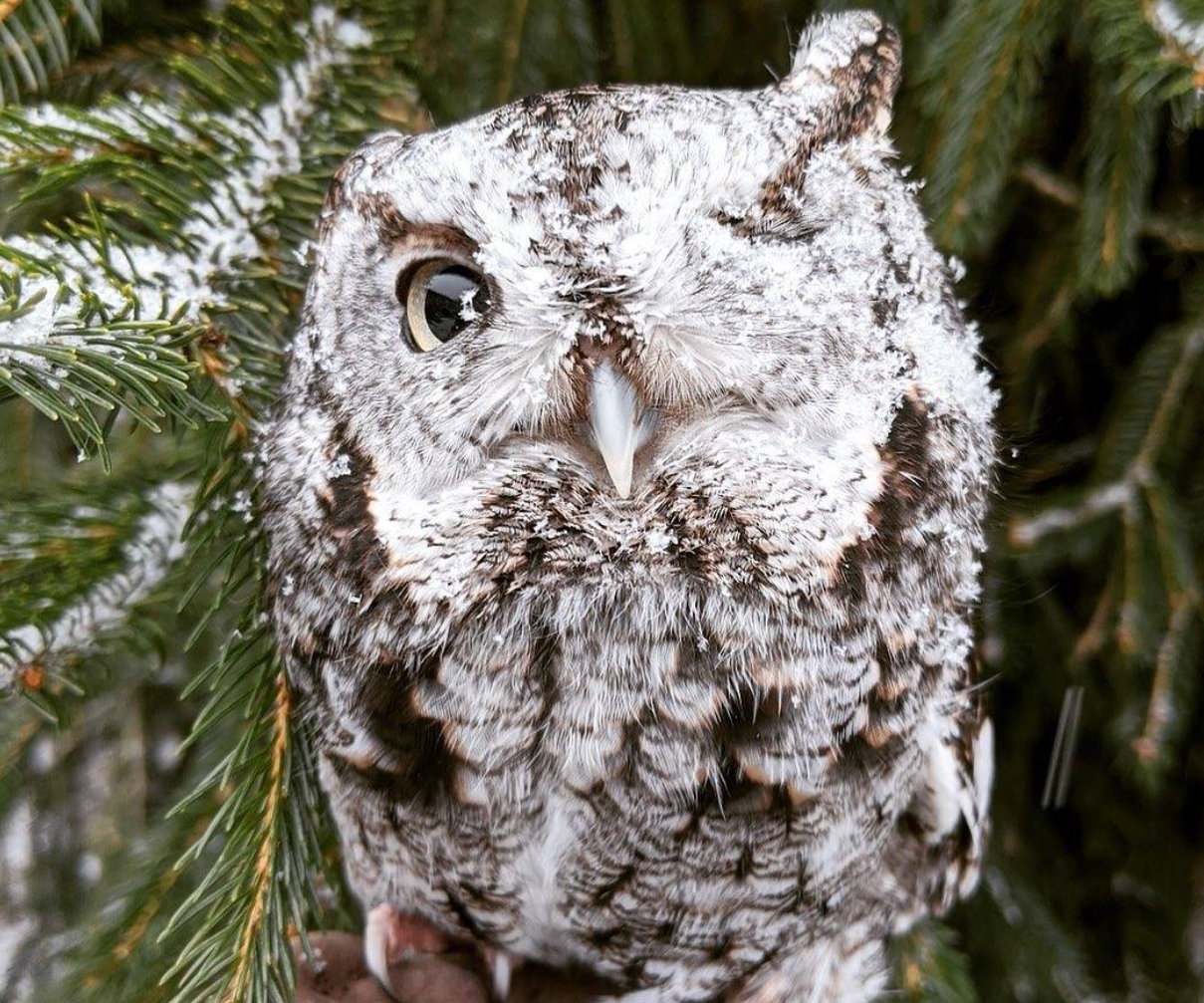
The Rapter Trust
1390 White Bridge Road
Millington, NJ
A premier wild bird rehabilitation center that includes a hospital with state-of-the-art medical facilities, quality exterior housing for several hundred birds, and an education building. Visitors are able to view at close range the many hawks, eagles, falcons and owls that are permanent residents at the facility. They offer a variety of educational programs that can be adapted for age groups from pre-k to adults.
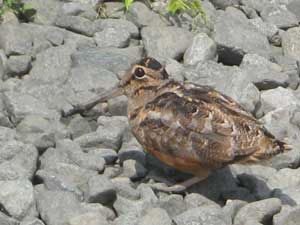
Sandy Hook Bird Observatory
20 Hartshorne Drive
Highlands, NJ
This is a year-around birding observatory. Sandy Hook is a very significant bird migration path located on the southern coast of Raritan Bay and at the northern tip the Jersey Shore coast and. Over 350 bird species and over 50 species of butterflies can be seen at this location.
They offer a variety of programs for all ages and levels of expertise including environmental education programs, guided field trips on birding and other natural history topics, workshops for beginning birders, seasonal birding and natural history workshops, annual weekend events.
Southern Jersey Bird Watching Refuges and Activity Centers
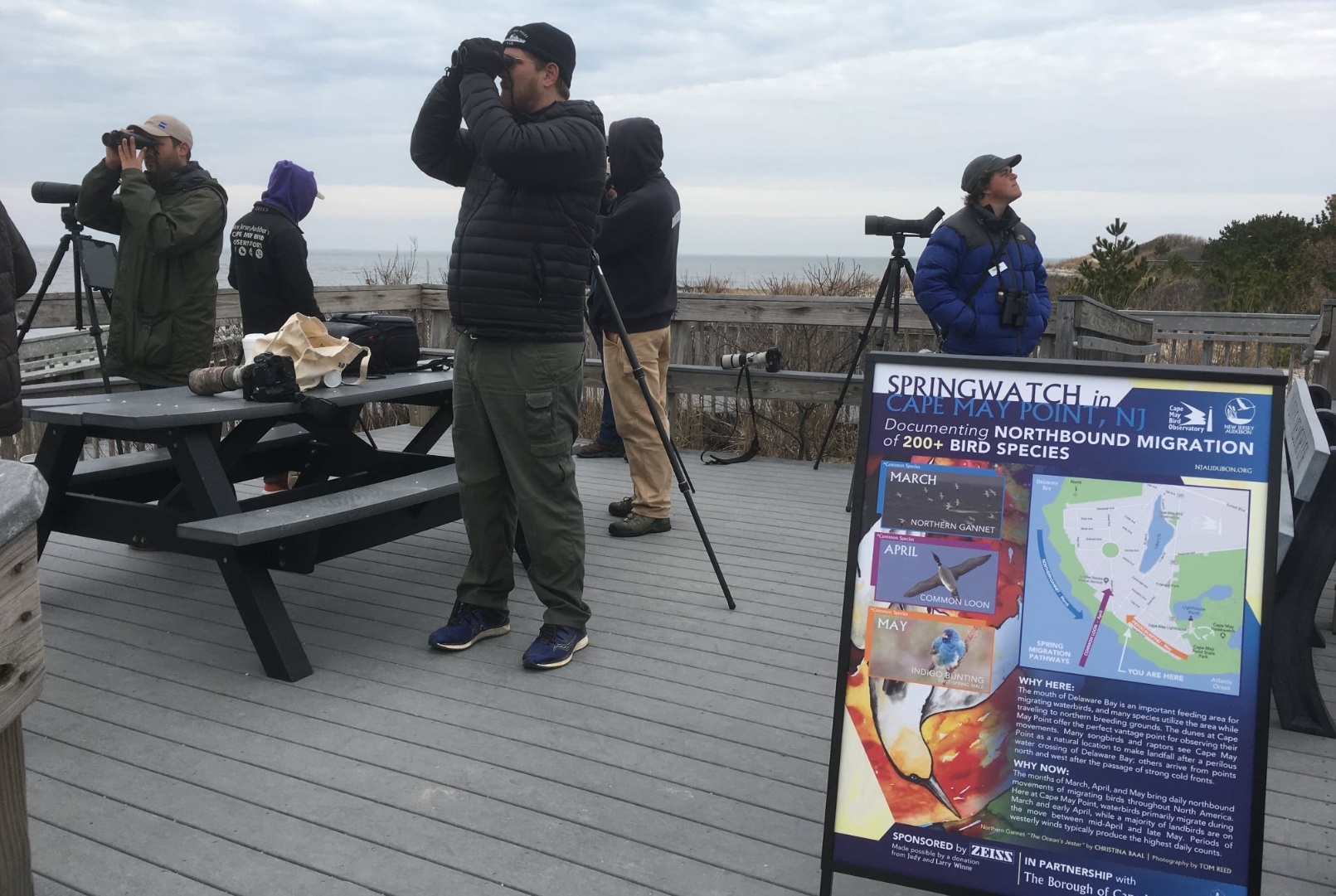
Cape May Bird Observatory
Northwood Center
701 East Lake Drive
Cape May Point, NJ
They are committed to research, environmental education, bird conservation, and recreational birding activities. They offer seasonal weekly walks. Field trips are great for any skill level from adults to children with an interest in the natural world. They also offer special programs and boat trips.
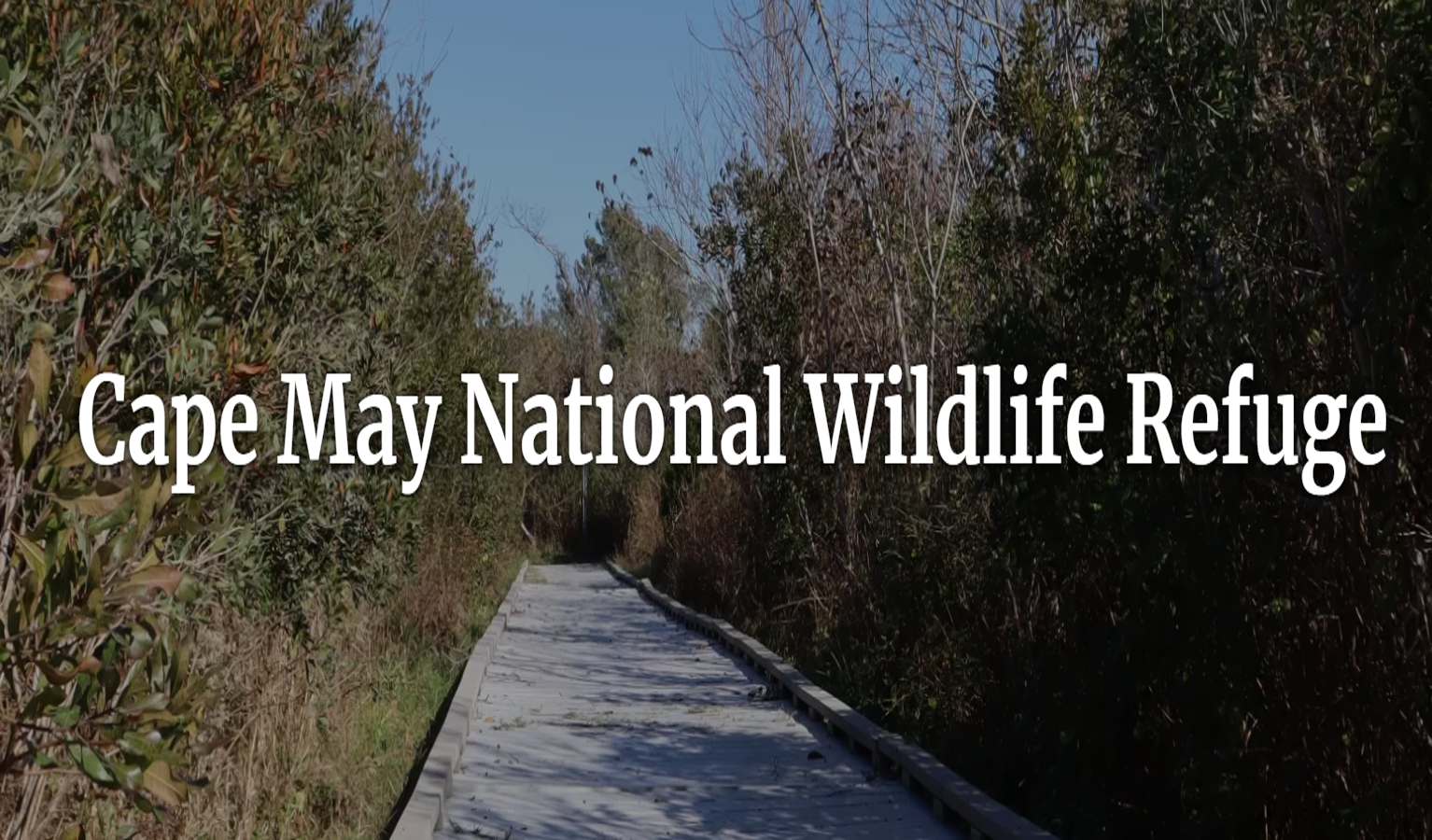
Cape May National Wildlife Refuge
24 Kimbles Beach Road
Cape May Court House, NJ
Highly regarded as one of the ten top birding spots in North America, the refuge encompasses 11,500 acres of habitats such as grasslands, salt marshes, bogs, maritime forests, and beach front. The refuge is home to a variety of wildlife including State and Federally threatened and endangered species. Foot trails throughout the Refuge offers excellent opportunities for bird watching, photography and environmental education. As protection for the threatened piping plover, the Two Mile Beach Unit is closed to the public from April 1- September 30. The Two Mile Beach Unit is open between October 1 and March 31 with wildlife observation, photography, and nature study permitted on the beach portion.
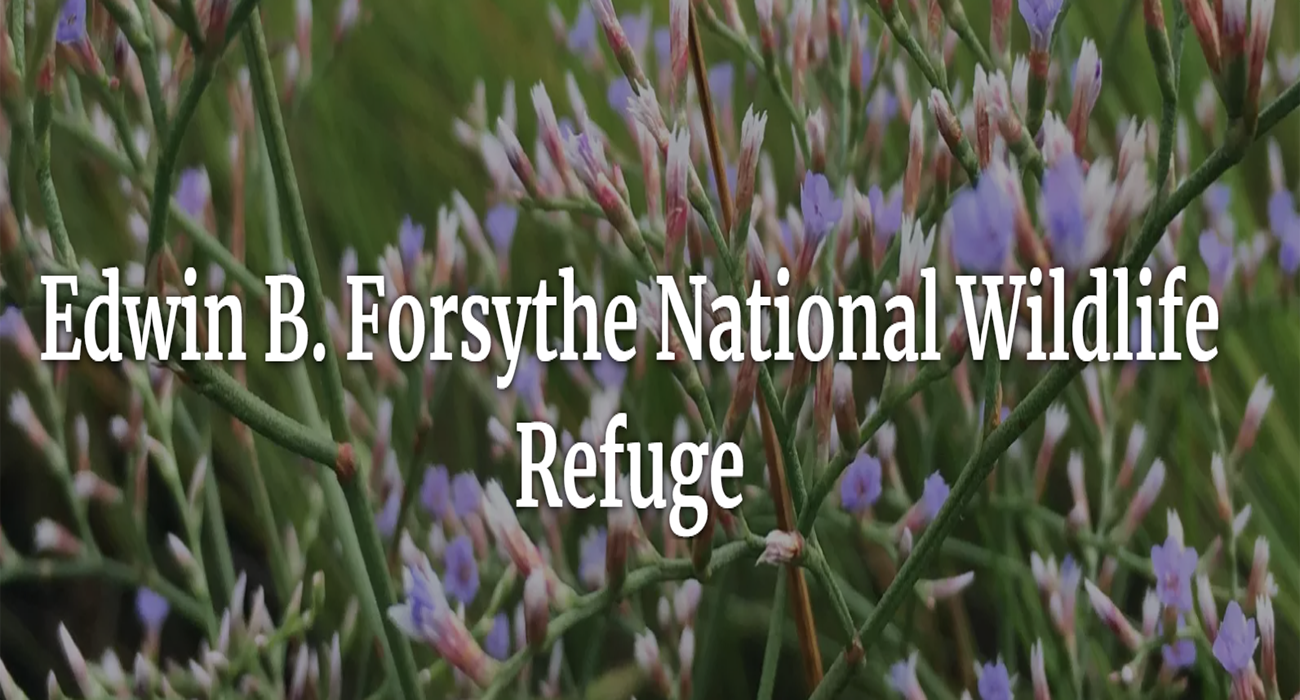
Edwin B. Forsythe National Wildlife Refuge
800 Great Creek Rd.
Oceanville, NJ
The refuge consists of more than 47,000 acres of coastal tidal wetland habitats that provide nesting, migrating and wintering habitat for many waterfowl species. The refuge is designated a Wetland of International Importance under The Convention on Wetlands of International Importance. The refuge headquarters building contains information about the refuge and an auditorium featuring exhibits on migration displays, a touch table, and a bird egg display.
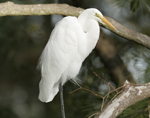
Supawna Meadows National Wildlife Refuge
197 Lighthouse Road
Pennsville, NJ
The refuge consists of approximately 3,000 acres of mostly tidal marshes providing waterfowl with an important feeding and resting area during the seasonal migrations. This wetlands estuary and shorebird reserve is internationally recognized as a refuge of critical importance. Thousands of pairs of wading birds nest on nearby Pea Patch Island --- the largest wading bird rookery north of Florida. During the breeding season, the tidal marshes of the refuges provide important foraging habitat for the wading birds that nest here.
